Description
Parakeets for sale
Parakeets for sale,parakeets belong to the parrot family and the word “parakeet” means long tail. They are small to medium sized parrots with long, tapered tail feathers rather than having the stockier bodies and more square-shaped tails found on larger parrots.
These colorful, graceful birds are full of energy. Being flock birds, parakeets are very social with each other and with people. They love attention, make wonderful pets, and are some of the most popular pet birds. There are many different types of parakeets and many are very colorful.However it is just of more than 120 species and sub-species.
These small parrots are not only intelligent, but they have outgoing personalities and are very social. Parakeets adapt quickly to their cage and can be quite playful. They are very dexterous and are constantly on the go. To keep them happy and healthy they need a stimulating environment with lots of activities, including climbing areas and chewing toys. Because Parakeets are social birds that live in flocks in the wild, keeping more than one is important for their well-being. They will also form a close, loving bond with their human flock, and become a great friend and companion.
The bird guides for each type of Parakeets for sale species provides in-depth information about living with them. Housing, care, and feeding requirements are covered along with each bird’s behaviors and activity requirements. Tips for handling and training parakeets are also included, along with breeding information.
Parakeets for sale Behavior
Parakeets have all the great qualities of the larger parrots; they are active, intelligent, very social, and have the ability to talk. But they have a few unique characteristics of their own. Because they are smaller parrots, they require less space and are generally less expensive than large parrots. Depending on size, in a good environment parakeets can live up to 10 years for a smaller bird, with a lifespan of 25 years or more for the larger species.
Parakeets are very social, active, and outgoing birds. Parakeets adapt well to captivity and will adjust easily to their cage or aviary. They are intelligent little birds and are generally easy to tame. They will bond to their keepers, and may soon begin to mimic their sounds. These birds are relatively good at learning to talk and adept at learning tricks.
These parrots enjoy interaction with people, and just like human companionship in general. The same is true for other family pets; they can do very well, but be sure to use caution until you are certain they will get along. Parakeets also enjoy the companionship of other birds, and do best when kept in pairs or groups. A single bird can become restless or distressed without companionship, and may start demonstrating undesirable behaviors like feather plucking or become depressed.
Handling/Training
Taming and training parakeets is pretty easy. Parakeets become accustom to their new environment fairly rapidly. Consequently very little time is required for parakeet training, they can quickly become easy to handle. Repetition, patience and time are the keys to successful parakeet training!
Taming Basics:
Even though parakeets quickly adapt to their environment, you should give a new arrival a few days to get use to you, your voice and its cage before trying to handle it. A hand fed baby will not need much taming and can often be handled right away, as it is use to human attention. To be able to handle and train your parakeet depends first on trust, so go slowly and be consistent.
Parakeets are generally most receptive to training in the evening and each session is best if limited to under 20 minutes with about an hours rest in between. Remember that taming and training a bird takes patience, never ‘punish’ your parakeet! This only serves to destroy the trust you’ve spent so much time building.
Initial Training:
Your first goal is to get the parakeet to accept a treat from you, which will lead to it allowing you to gently scratch its head. Then you can begin to work on getting your parakeet to step up on your hand.
Speak softly to the bird to calm it and always move slowly. Start from the floor and approach the bird from the side rather than head on. With a treat held between two fingers, coax it onto your hand. It may try to fly and you may have to repeat this several times. Once your parakeet steps on your hand, you then start having it step up from one hand to the other.
If necessary, you can repeat the hand-taming lessons several times a day but for short periods of time, about 20 minutes a session. Depending on the tameness of the bird, these two steps can be instantaneous as in a hand fed baby. Or it can take several weeks or longer for an untamed bird.
Advanced Training:
Once your parakeet has gotten over it’s shyness, then you can work on speech training. Repetition and frequency are the keys here. Almost every parakeet can learn at least a few words, although they are not generally as vocal as African Greys or the Amazons.
Diet
Caring for parakeets entails knowing what to feed them. People who don’t do enough study on this risk feeding them an all-seed or all-pellet diet, which can be harmful.
To thrive, parakeets require a variety diet.
There are some meals that should never be given to them since they can cause intoxication and even death.
Toxins can also be found in the seeds of various fruits. Other issues range from accidentally feeding them moldy nuts to feeding them human food that does not meet their demands and may jeopardize their health.
Toys and accessories
A bored bird is an unhappy bird, and you’ll need to equip your parakeet’s cage with a variety of entertaining toys. There is a wide range of toys available, including balls, bells, rings, and chew toys. You should try them all to see which ones your bird enjoys most and change them often to prevent boredom.
Temperament
Parakeets are calm and gentle birds. They are also very easy to train, especially if they are young. Birds make good companions for one another, but when they are living together and entertaining one another, they may not bond as well with their owners or mimic speech as well. Parakeets are also more playful, active, and quiet than other parrot species.
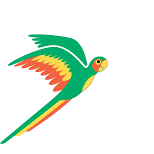
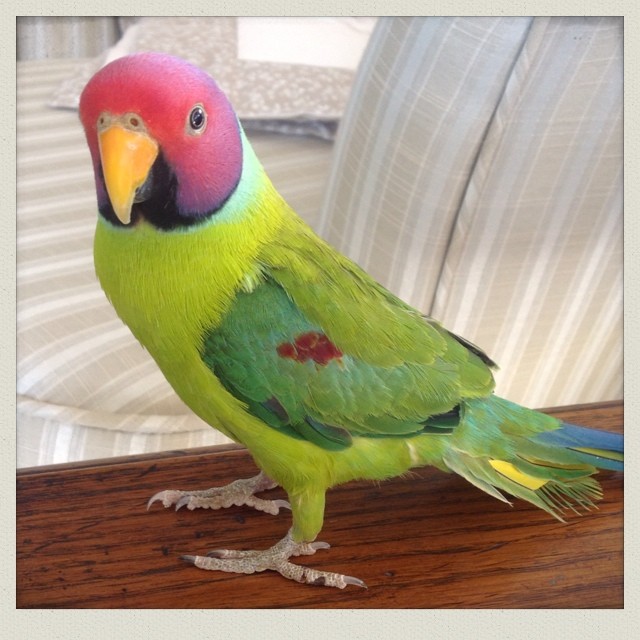
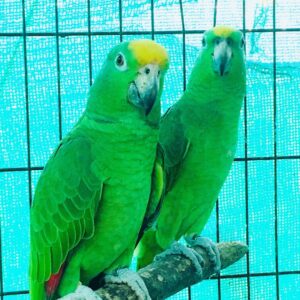
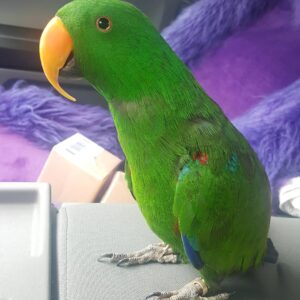
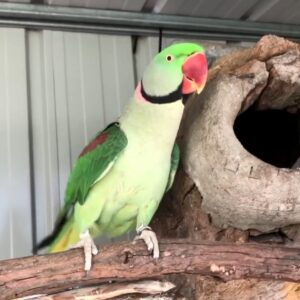
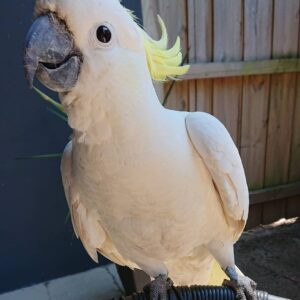
Reviews
There are no reviews yet.